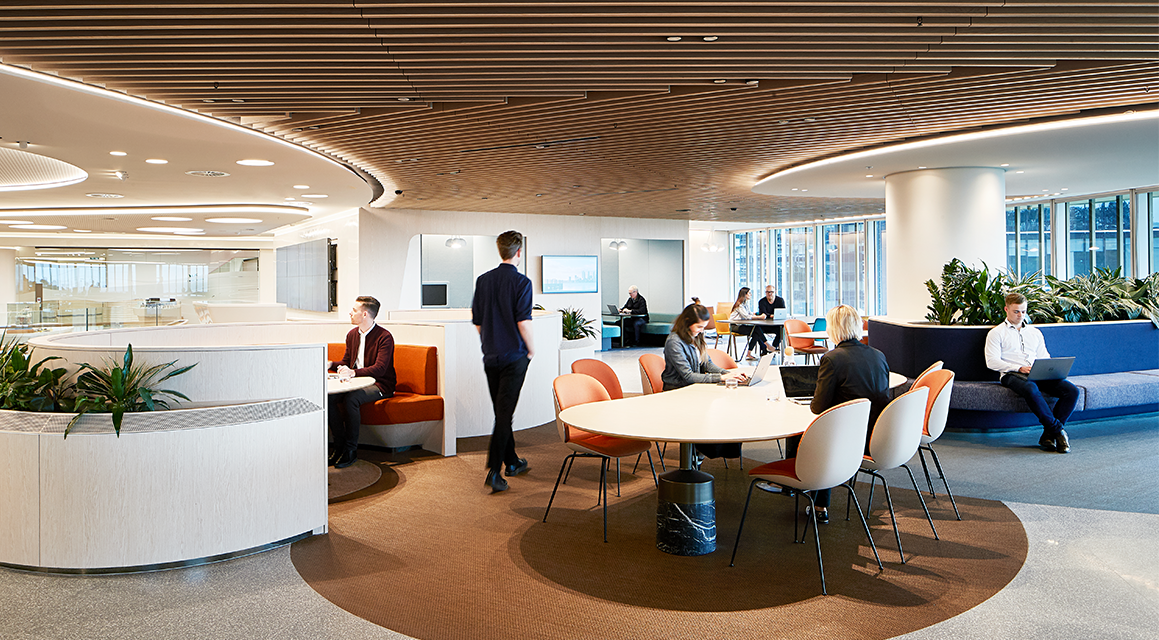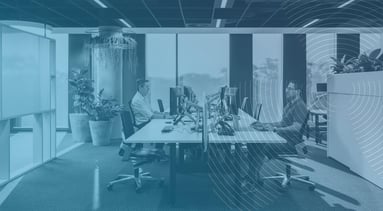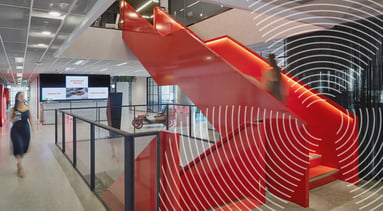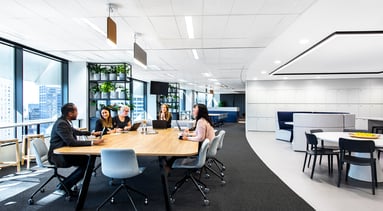
While another wave of enforced home working won’t dampen enthusiasm for the physical office, some organisations might need to consider a different approach to getting their teams back together. Here, Unispace CEO Steve Quick explains why.
It was perhaps no surprise to see global stock markets hitting record highs in the wake of news that an effective Covid-19 vaccine may finally be within the world’s grasp.
The announcement was particularly welcome across many countries currently returning to lockdown for a second time – a major blow to anyone who thought that we had arrived at the ‘new normal’. Thousands of newly reopened offices have been forced to close their doors once again, leaving organisations’ ‘return to office’ plans in a state of confusion.
"Businesses in Europe and North America face the immediate challenge of keeping employees engaged through Lockdown 2.0. And all organisations need to be realistic about expectations for office-based activity in 2021, given that mass vaccination programmes are still many months away." explains Steve Quick, Global CEO.
Motivating employees second time around
At the time of the initial series of nationwide lockdowns, we published a number of articles outlining how organisations could keep employees connected and motivated while working remotely – the technologies required, how to create a productive home office, and how to maintain culture and engagement.
"Second time around, effective communications will be more important than ever. Most organisations now have the infrastructure to support en masse remote working at a moment’s notice." says Quick, "The issue is trying to prevent morale from sinking given that lockdown was the one situation everyone wanted to avoid."
A recent study by Dropbox suggests that while two thirds of employees claim to feel focused at home, 30% of people are not. They’re struggling with the social side of working from home where “loneliness distracts WFH professionals even more than families and pets”.
So, while it’s a good idea to redeploy virtual engagement initiatives such as regular check-ins or virtual happy hours, it may also be worth trying out new tactics to avoid any malaise from creeping in. "And, crucially, it’s a time for communicating clearly about future plans, particularly regarding team collaboration and socialisation opportunities, or anything else that will give employees a reason to get excited." Quick explains.
An open-ended approach
Global consultancy McKinsey now refers to ‘the next normal’, and the idea of returning to the workplace as, “…a muscle that needs to be exercised, not a plan to be executed once or a date to be achieved.”
Similarly, as we established with our Propeller framework, inspired by thousands of conversations across the business community, future workplaces must be far more flexible than in the pre-Covid era. The same applies to strategies for getting employees back into the office.
"One lesson from recent months is that reverting to old habits can be a recipe for virus resurgence. Rush hour commutes on public transport need to be avoided for everyone’s safety, so businesses may need to break with the 9-5 mentality when it comes to organising employees’ office-based time" suggests Quick.
Earlier in the year we found that 80-90% of the workforce wanted to continue working from home at least one day a week post-lockdown. However, the Dropbox study suggests this sentiment is changing as people increasingly miss human interaction.
Scheduling set days for a ‘return to the office’ has proved tricky in a world of unexpected disruptions – children sent home from school due to a potential outbreak; employees suddenly forced to self-isolate.
So why not view the office as a place where high-quality experiences happen – coaching, learning, brainstorming, presentations, socialisation – rather than where day-to-day tasks get done? With this sort of environment, employees no longer need to be present for a full day. Office time and capacity can be built around these experiences. Office visits become focal points within the working calendar – something that everyone can look forward to. And if Covid-related disruption occurs, it’s much easier to reorganise individual experiences than it is to reconfigure an entire workforce.
Now is the time to sort your office space
Working to these principles, organisations across locked down regions should be acting now – while employees are working from home – to reconfigure their office space for 2021. Lockdown 2.0 is arguably causing greater mental fatigue amongst employees than the restrictions earlier in the year. A proactive effort to reboot the physical office and communicate a clear, flexible return to the office strategy could be the perfect motivator to help teams endure this tricky period and get excited about what the workplace holds in the New Year.
Remember that, for ‘people’ businesses, the office remains the best forum for problem-solving, collaboration and building culture. Writing for The Drum, Ian Millner, chief executive of advertising agency Iris, explains that, “We will all see the ever-decreasing circles of impact and effectiveness if we are not constantly topping up our cultures with the conviction and likeability needed to make success both sustainable and inevitable.”
"Conviction, passion, enjoyability and culture are products of a positive office environment" Quick tells us. "So, it’s time to develop a more flexible return to work strategy for 2021, one that factors in the potential for further Covid-19 disruption and ensures that, when people are in the physical office, they’re rewarded for their time and commitment with the best possible workplace experience ."
For examples of how we've guided successful return to workplace strategies for both our team and our clients download 'The Propeller Workplace' Guide here.


